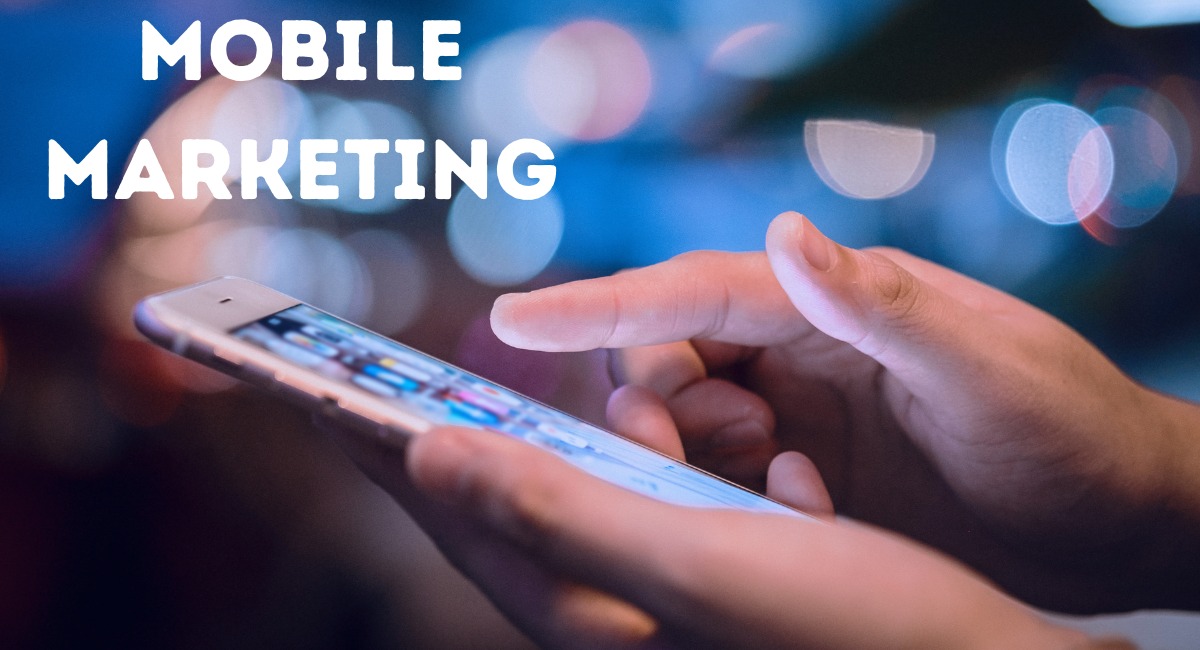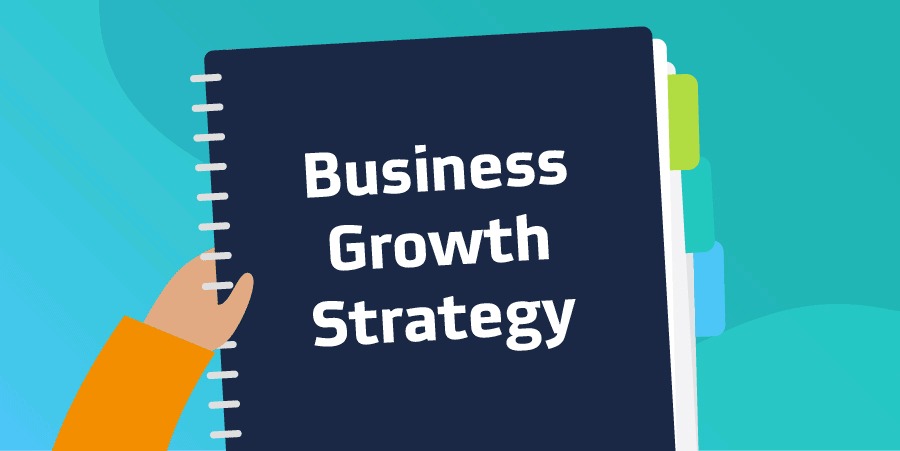In the digital age, mobile marketing is no longer just an option—it’s an essential part of a successful marketing strategy. With over 90% of internet users owning smartphones, businesses must prioritize mobile-friendly approaches to connect with their audience. Whether through apps, SMS campaigns, or mobile ads, the opportunities to engage consumers on their mobile devices are endless. Here’s how you can harness the power of mobile marketing to grow your business.

1. Mobile-Friendly Websites and Landing Pages
With the majority of consumers browsing the web via mobile devices, ensuring your website is mobile-friendly is crucial. A mobile-optimized website provides a smooth user experience, fast loading times, and easy navigation, which are key to retaining visitors. Additionally, creating mobile-friendly landing pages for specific campaigns ensures higher conversion rates and a better overall customer experience.
2. SMS Marketing
SMS marketing allows businesses to reach customers directly through text messages, delivering timely, personalized offers and information. With open rates as high as 98%, SMS marketing is one of the most effective mobile strategies for businesses. You can use SMS to promote flash sales, exclusive deals, appointment reminders, or new product announcements, ensuring your message is seen quickly and effectively.
3. Push Notifications
Push notifications are messages sent to a user’s device to encourage engagement, offer discounts, or remind them of abandoned carts. Unlike emails, push notifications are immediate and more likely to be seen since they appear directly on the user’s screen. By sending relevant and personalized messages based on user behavior, you can increase engagement and drive repeat business. However, it’s essential to use push notifications sparingly to avoid overwhelming your audience.
4. In-App Advertising
In-app advertising involves placing ads within mobile applications, targeting users while they interact with the app. These ads can be in the form of banners, interstitials, or video ads. The advantage of in-app ads is that they reach users who are already engaged, leading to higher interaction rates. By choosing the right apps for your target audience, you can effectively promote your products or services and increase brand visibility.
5. Location-Based Marketing
Location-based marketing uses the GPS functionality in smartphones to deliver targeted messages or offers to customers when they are in proximity to a physical store or event. For example, businesses can send coupons or notifications about special offers when a customer enters a nearby shopping area. This strategy helps to increase foot traffic to physical locations and can drive real-time sales opportunities.
6. Mobile Apps
Developing a branded mobile app can be a great way to engage and retain customers. Apps offer a convenient way for customers to access your products, services, or content, creating a seamless experience. In addition, mobile apps can be used to send personalized offers, run loyalty programs, or collect user data for better targeting in future campaigns. The key to success with mobile apps is offering real value and an intuitive, easy-to-use interface.
7. Social Media Advertising
Social media platforms, such as Facebook, Instagram, and TikTok, have become essential for mobile marketing. Most of these platforms are used primarily on mobile devices, making them an ideal space for targeting mobile users. Social media ads allow businesses to target specific demographics and interests, increasing the chances of reaching your ideal audience. Utilizing paid social ads along with organic posts can help you create a well-rounded mobile marketing strategy.
8. Mobile Payment Integration
Enabling mobile payment systems, such as Apple Pay or Google Wallet, can streamline the purchasing process for customers. The ability to pay through their mobile device enhances convenience and encourages faster transactions, improving the overall customer experience. This can be especially important for e-commerce businesses looking to reduce friction in the buying process and increase conversion rates.
Conclusion
Mobile marketing offers businesses an unprecedented opportunity to connect with consumers directly and in real-time. By focusing on strategies such as mobile-friendly websites, SMS marketing, push notifications, and location-based promotions, companies can engage their audience effectively, increase conversions, and drive customer loyalty. As mobile usage continues to rise, incorporating mobile marketing into your overall strategy will be key to staying competitive in a fast-evolving digital landscape.




